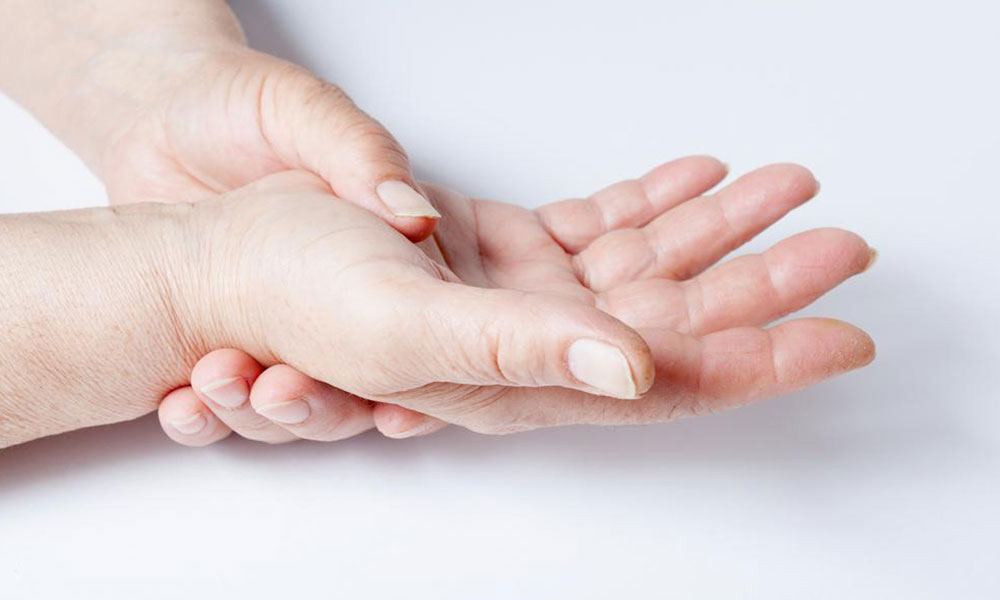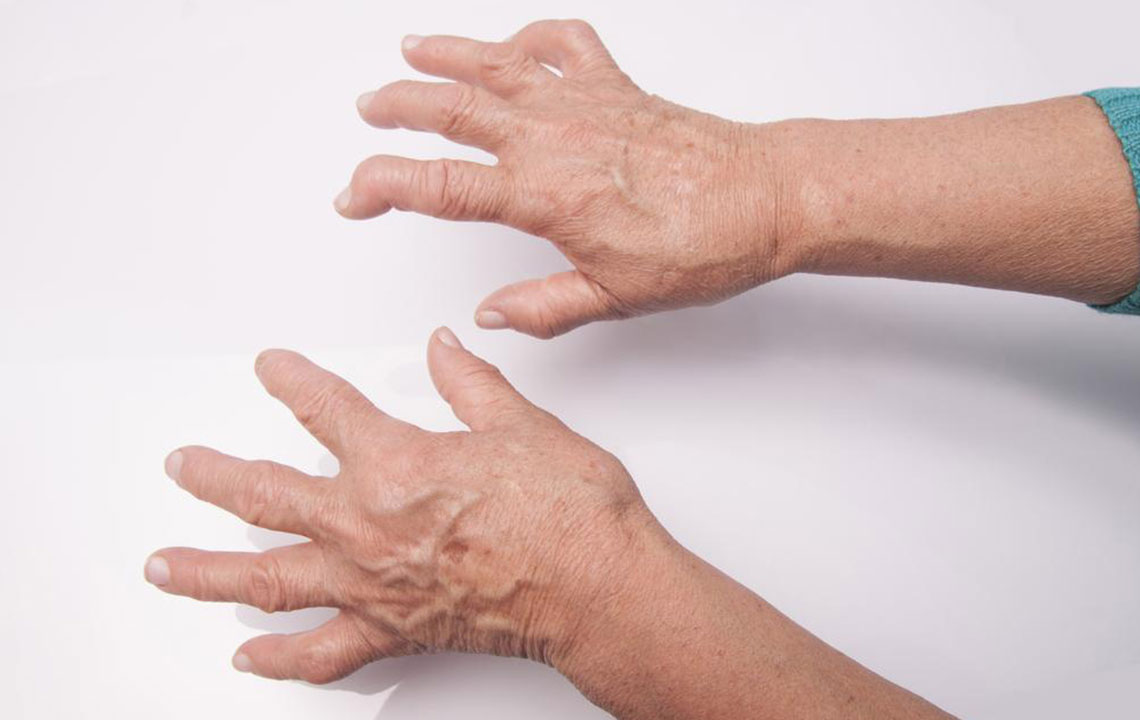Recognizing Early Signs of Scleroderma: Symptoms and Risks
This article explores the early signs of scleroderma, a rare autoimmune disease affecting connective tissue. Key symptoms include finger changes and Raynaud's phenomenon. It highlights the importance of early diagnosis, risk factors, and the potential for symptom management. Understanding these indicators can lead to timely treatment and better health outcomes for affected individuals.

Recognizing Early Signs of Scleroderma: Symptoms and Risks
Scleroderma is a chronic autoimmune disorder characterized by the hardening and tightening of connective tissue. It primarily impacts the skin due to abnormal collagen buildup. In autoimmune conditions, the immune system mistakenly attacks the body's own tissues, leading to various health issues.
Symptoms of scleroderma vary among individuals. Early indicators often include changes in finger appearance and sensitivity to cold, known as Raynaud's phenomenon. These signs may progress or improve over time, with some cases entering remission.
The cause remains unknown, but its symptoms can be managed similarly to other chronic conditions like diabetes or psoriasis.
Initial scleroderma symptoms often involve fingers turning pale or blue when cold or stressed, caused by narrowed blood vessels. This condition, Raynaud's phenomenon, can be primary or secondary, with the latter linked to scleroderma.
Scleroderma affects fewer than 400,000 individuals nationwide, typically appearing between ages 35-40. It is more common among those with other autoimmune diseases or environmental exposures, such as silica in men. Early detection and consultation with a healthcare professional are vital for effective management.










